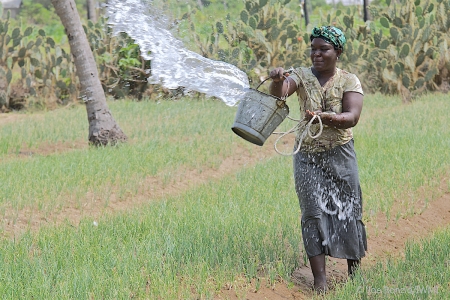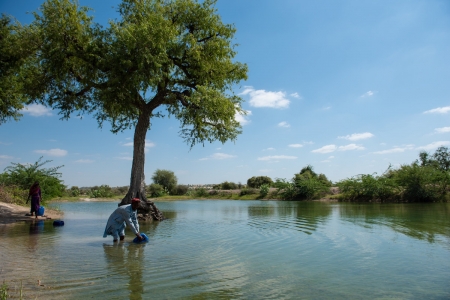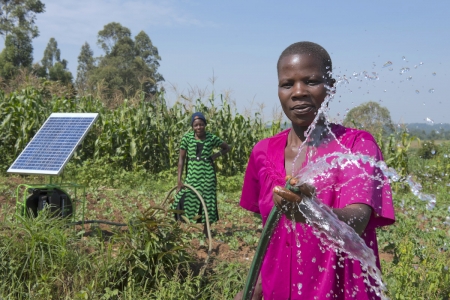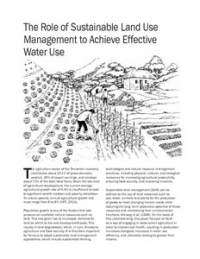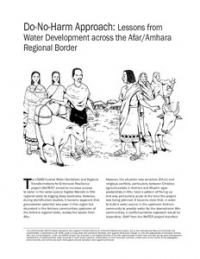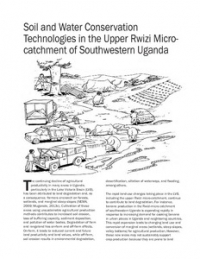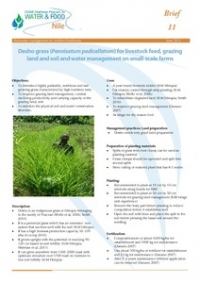The Eastern Gangetic Plains, which include the Nepal Tarai, Bihar and West Bengal regions, is one of the most densely populated, poverty stricken belts in South Asia. Behind this persisting poverty are deeply entrenched social structures of class and caste, with a high incidence of inequitable landlord-tenant relations. This is combined with poor access to irrigation water in the dry season, limited irrigation capacity and low agricultural innovation. At present technical, social and economic constraints have limited the effective use of groundwater and ponds for irrigation, and large areas of land remain fallow during the dry months. Access to year round water for irrigation would significantly promote the productivity of agriculture, improving incomes and food security. Marginal and tenant farmers, youth and women are the target set of farmers who could benefit from a new approach to irrigation provision. This research is crucial to the long term sustainability of small scale agriculture in the Eastern Gangetic Plains. The region must alleviate poverty and achieve food security in part through a program of improved water management and irrigation using efficient systems, which are less reliant on expensive or unreliable electricity and diesel, and are appropriate to the needs of the marginal (owning 0.5ha) and tenant farmer majority. The overall aim of the project is to improve water use and increase dry season agricultural productivity among marginal and tenant farmers in the Eastern Gangetic Plains.
menu


